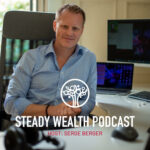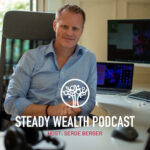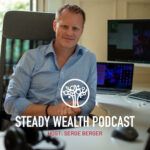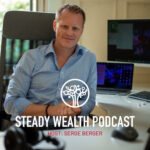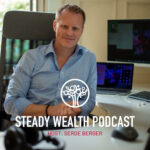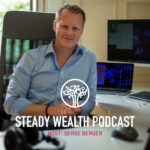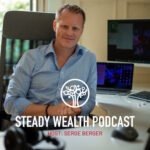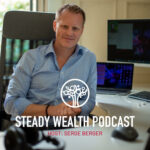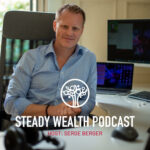The Recession Playbook for Investors and Traders
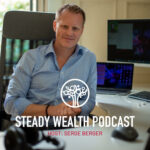
Over at Blue Marlin Advisors, when the economy goes into a recession, there’s a specific playbook they employ. A recession is not necessarily all that critical, it’s how the market responds to it. Recessions are actually a normal, and important, part of the economic cycle. If we look back over the years, we can clearly see this repeating cycle of some sort of growth phase, a peak, and a slow down or retraction. For people that know how to work with the retractions, economic slow downs can actually be good.
Currently the slowing down of the economy is being accelerated. We had a very favorable market for many years, which peaked with the pandemic rescue funds. Late 2021, early 2022, the FED started to realize what was going on, and began to raise rates aggressively. At some point, you then get higher equity prices. As inflation tends to slow down, people get hopeful and rally, usually buying up what was popular at the peak. The more macro-oriented, however, will be keeping a close eye on the credit markets. We just saw rates go from basically 0 to over 5%. While the FED has hiked rates that high before, they’ve never done it this quickly. It takes time for things like this to move through the system, but we’ll definitely start to see credit problems coming in soon.
There’s a lag between bond market pricing and what the FED does. That’s why the federal funds rate may not move, but bond markets will start to improve. It’s a hope rally, and it’s what we’re seeing right now. When we get to the point where the equity market is getting ready to capitulate, equity managers tend to start to panic. We’re not really seeing a lot of panic yet, but when we do, it’ll be a great time to buy risk asset stocks. If you know how the economic cycle goes, you can usually stay one step ahead. If you’d like to find out your risk level for current economic times, head over to Blue Marlin Advisors for a free consultation.
What You’ll Learn:
- What an economic cycle looks like.
- Why all parts of an economic cycle are so important.
- How economic slowdowns can be good for some.
- Where we’re at in the economic cycle right now.
Favorite Quote:
“Every part of the economic cycle has a distinct asset class mix that’s perfect for your portfolio.” -Serge Berger

